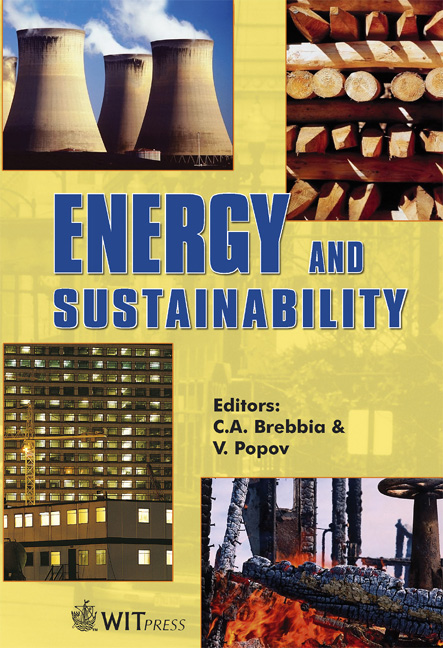Estonian Oil Shale Power Plants’ Ash Handling Problems
Price
Free (open access)
Transaction
Volume
105
Pages
9
Published
2007
Size
273 kb
Paper DOI
10.2495/ESUS070251
Copyright
WIT Press
Author(s)
H. Arro, J. Loosaar, T. Pihu & A. Prikk
Abstract
Over 90% of the Estonian basic power supply is covered by oil shale-fired thermal power plants. Every year about 11 million tons of oil shale (ash content 45-47%) is fired. The old pulverised firing (PF) and the new circulated fluidised bed (CFB) technologies are used. The PF boilers were commissioned between 1959 and 1973. Due to their age and problems relating to environmental and economical performance, two old blocks were replaced using the CFB technology. The new CFB units (2x215 MWel) delivered by Foster Wheeler started operation in 2003-2004 and are meeting the EU LCP Directive limits of gaseous emissions without any additional flue gas cleaning equipment. The most serious problem today is ash handling. Power plants (PP) using big amounts of water for ash handling are not known in Europe and are environmentally hazardous. In compliance with the EU directives the oil shale power plants must be switched over to a technology which minimises high alkaline liquid waste (dry, semidry or dense slurry technology) from July 2009. Before taking a final decision, it has to be found out what might be involved in adopting the new technology and what problems might emerge. Whatever technology we use for ash removal, ash fields come into contact with millions of cubic metres of rainwater a year which becomes polluted. The question of how to neutralise free lime in oil shale ash as one of the most hazardous components seems to be a particularly important question. This paper describes the problems relating to the chemical-mineralogical composition of oil shale ash. The conditions at hydro (wet), dry, or semidry ash removal are analysed. Keywords: Estonian oil shale, pulverised firing, circulating fluidised bed combustion, emissions, land filling.
Keywords
Estonian oil shale, pulverised firing, circulating fluidised bed combustion, emissions, land filling.





